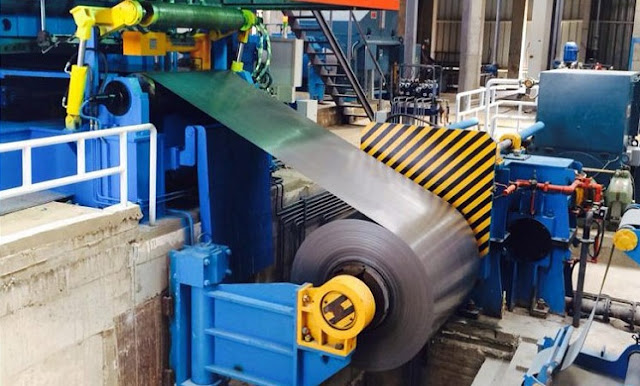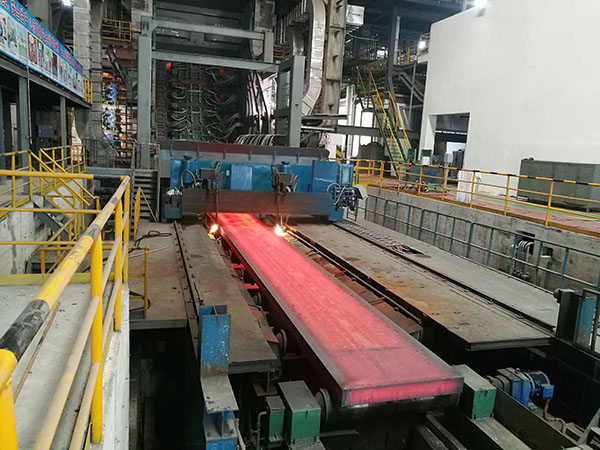The Additional Processing Steps In The Manufacture Of Cold Rolled Sheets
The cold-reduced coil, as it exists, is very hard and possesses very limited applicability. It is very stiff and exhibits high amounts of spring back when bent. Therefore, this steel must be annealed (heated to high temperatures) to soften it and make it useful.
During the process of heating, the steel will be soft and can subsequently be used for a multitude of applications. Continuous annealing involves passing the steel through a high-temperature furnace in the form of a continuous ribbon. That is to say, the coil is fed from a payoff reel into the furnace. It reaches a high temperature when its passage through the furnace. The steel sheet cooled, and recoiled at the exit end of the furnace.
Whether the steel is batch annealed or continuously annealed, the specific properties of the steel sheet, after annealing, depend on the steel chemistry, the temperatures used during hot rolling, the amount of cold reduction, and the annealing cycle (time and temperature).
Whichever method of annealing is used, the steel is maintained under a protective (non-oxidizing) atmosphere using hydrogen and nitrogen to prevent oxidizing the steel while it is at high temperature. Furthermore, to prevent oxidation, the protective atmosphere is designed to clean the steel by breaking down the oils that are present after cold rolling and entraining the oil vapors in the hydrogen/nitrogen gases that are passed through the furnace.

.jpg)



















